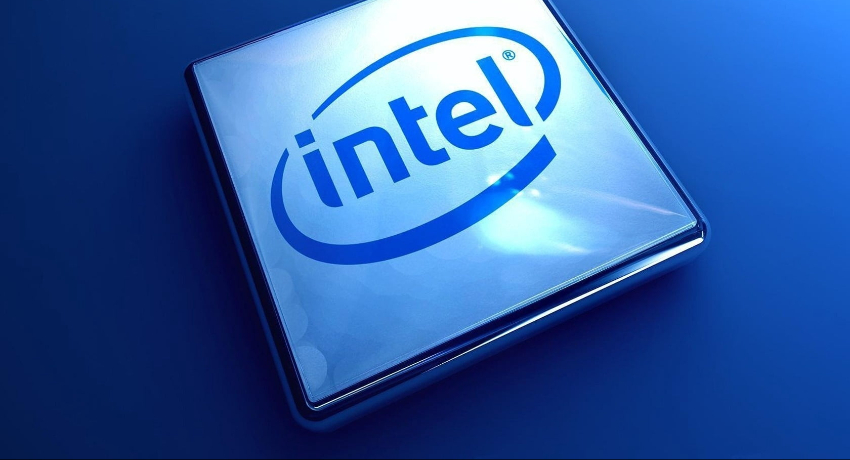There has never been a more thrilling competition to get better thread performance than in the lightning-fast world of high-performance computing (HPC). Intel, a chip industry behemoth known for its innovative strides, is leading the charge in this technological sprint. This investigation delves into Intel’s most recent developments in thread performance, illuminating the complexities of their state-of-the-art technologies that aim to revolutionize the HPC industry.
Thread Performance: A Historical Overview
There has been tremendous development in the field of thread performance throughout the years. The need for processors that can manage several threads in parallel has grown in recent years due to the complexity of software applications and workloads. An integral part of this revolutionary path has been Intel’s dedication to constant development.
Intel’s Dedication to Pioneering New Ideas:
In the realm of high-performance computing, Intel has perpetually proven its dedication to innovation. The iterative releases of processors that not only meet but frequently surpass the expectations of the most demanding computational tasks demonstrate the company’s unwavering commitment to excellence. Intel’s latest CPUs incorporate state-of-the-art technologies, demonstrating the company’s commitment to improving thread performance.
Architecture with Multiple Cores:
Using multi-core architecture is a fundamental part of Intel’s strategy to improve thread speed. Newer versions of Intel’s Core and Xeon processor families, among others, include several cores that can run many threads concurrently. For applications that can be divided into smaller jobs, this parallel processing capacity enables substantially faster execution times, which is a game-changer.
Technology for Hyper-Threading:
A game-changer in thread performance is Intel’s Hyper-Threading Technology (HTT). With HTT, the number of logical processors is virtually doubled because each physical processor core can execute several threads simultaneously. The operating system perceives a quad-core CPU with HTT as having eight cores, which greatly enhances the ability to multitask and process data in parallel.
A New Technology from Intel: Turbo Boost
Turbo Boost Technology, developed by Intel, is a remarkable and clever feature that aims to achieve optimal thread performance. With this innovation, CPUs can dynamically boost their performance by adjusting their clock speeds in response to the demand. By optimizing overall system responsiveness, this adaptive strategy guarantees that applications requesting better thread performance receive the boost they need.
The AVX: Advanced Vector Extensions
Processors from Intel now include Advanced Vector Extensions (AVX), which are designed to handle compute-intensive workloads. Applications dependent on floating-point operations can benefit from AVX’s performance enhancements, which are a collection of instructions designed to speed up vectorized calculations. Scientific simulations, financial modeling, and other high-performance computing applications where thread performance is critical greatly benefit from this technique.
Intel’s Most Recent Developments:
Intel has delivered a number of revolutionary improvements that further increase thread performance to new levels in their most recent releases.
The Alder Lake architecture is a significant departure from previous processor designs and was introduced by Intel. The new design incorporates both power-efficient and high-performance cores. This novel method guarantees responsiveness and energy efficiency while optimizing thread performance for a wide variety of workloads.
Intel Thread Director: Alder Lake CPUs include the advanced technology known as Thread Director. In response to changes in the nature of the workload, it dynamically optimizes thread allocation among various core types. The system’s responsiveness and efficiency are both improved by this clever thread management.
Intel’s newest processors offer DDR5 memory, which is a great addition to the improved thread performance. Applications that work primarily with large amounts of memory will benefit from DDR5’s enhanced memory bandwidth, which speeds up data access. All of this adds up to better thread performance.
In order to protect its CPUs from ever-changing threats, Intel has strengthened them with additional security measures. In addition to preserving data integrity, security features help secure computing environments retain optimal thread speed.
Looking Ahead:
Intel is still fully committed to improving thread performance in the future. To achieve even higher energy efficiency and performance improvements, the plan incorporates the investigation of new materials and structures. Unlocking new frontiers in high-performance computing involves the integration of modern manufacturing techniques, like Intel’s venture into lower nanometer technologies.
In summary:
Intel maintains its position as a frontrunner in the rapidly developing field of high-performance computing by consistently pushing the limits of thread performance with new innovations. With each new generation of Alder Lake processors—from multi-core designs to the most recent innovations—Intel’s dedication to quality has never wavered. Contributions to thread performance by Intel demonstrate the company’s commitment to determining the future of high-performance computing, which is crucial given the increasing demands on computational capacity. Intel further establishes itself as a frontrunner in the never-ending quest for computing solutions that are quicker, more efficient, and more powerful with every innovation.

